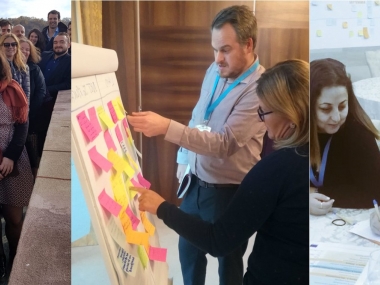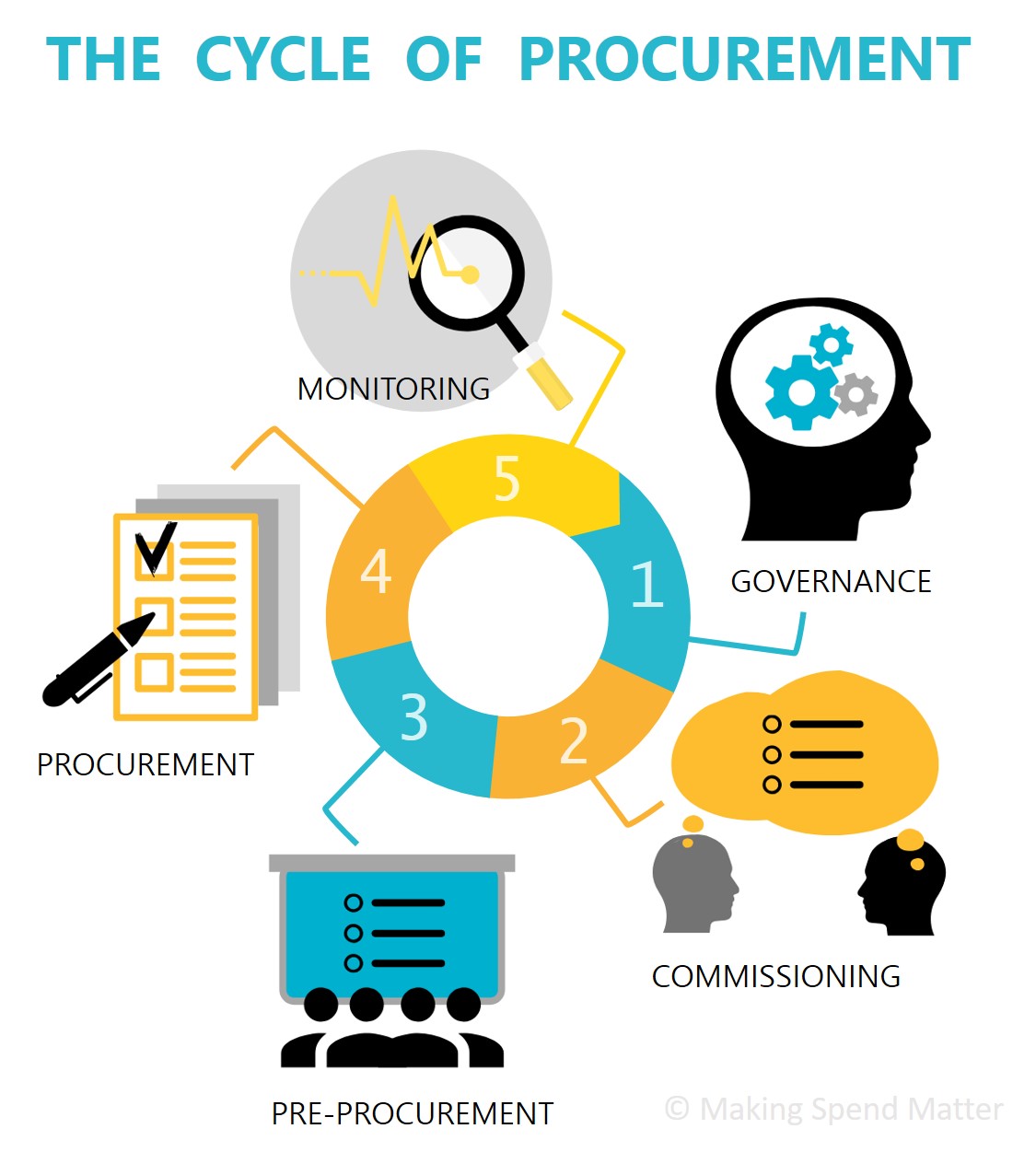What Happens Next after Spend Analysis?
Edited on
04 December 2019At our November 2019 Transnational Meeting in Bistrita each of the Partners of Making Spend Matter presented their final Spend Analysis findings. This heralded an important landmark in the Network as it highlighted that the Spend Analysis Methodology developed by Preston could be transferred to other Cities and contexts.

Each City presented where their procurement spend goes geographically, which sectors suppliers are in, and the extent to which those suppliers were SMEs or not. Each City also explored the political and policy interpretation of their Analysis.
Undertaking Spend Analysis is however just one part to progressing and changing the way in which procurement is undertaken, which led us to explore the question of ‘What happens next after Spend Analysis?’
 Spend Analysis is one component of what is know as the Cycle of Procurement. For procurement to be adapted and changed there has to be shifts in behaviour at five stages of this Cycle with a number of activities that could be undertaken at each stage.
Spend Analysis is one component of what is know as the Cycle of Procurement. For procurement to be adapted and changed there has to be shifts in behaviour at five stages of this Cycle with a number of activities that could be undertaken at each stage.
The first stage of the Cycle is around Governance and Strategy. If Cities want to change the way in which they undertake procurement, then they must have the strategic and governance conditions in place to enable it to happen. They need to undertake Spend Analysis to set a baseline position. They need to have a Social Value Procurement Strategy and Framework in place that outlines the types of wider (Social Value) outcomes they want to achieve through procurement. And they much have Officers that are socially, as well as cost conscious.
The second stage of the Cycle is around Commissioning. This is where during the design of goods and services, Cities can start to think about the types of Outcomes that are appropriate in relation to that good or service from a Social Value perspective. Here, Commissioners can consult with end users, other departments, and the market to shape the design of the good or service. It is at this point that they need to also consider breaking contracts into lots and set the weighting against which Social Value will be evaluated.
The third stage of the Cycle is Pre-Procurement. Here, Cities need to make the market aware of what they are looking to purchase and what added benefits they are seeking in Social Value terms and beyond the provision of the good or service. They need to provide information, often through a Portal and through Meet the Market event.
The fourth stage of the Cycle is Procurement and Decision-Making. If Cities want to use Procurement as a way of achieving wider outcomes, they need to ask potential suppliers about the types of Social Value they are going to deliver through the contract. They also need to evaluate against this in a qualitative and quantitative manner.
The fifth stage of the Cycle is Monitoring. If Cities are going to go to the trouble of developing Social Value Procurement Strategies and asking questions around it, then they need to monitor the extent to which supplier are delivering upon Social Value outcomes during delivery.
Changing procurement processes and practices is not straightforward and takes time. Spend Analysis is the starting point of an approach which will face many barriers and will take time to implement. Through Making Spend Matter, we are seeking to realise this change and look forward to finding out how are Partners are further adapting their approach in the coming months.
Article written by Matthew Baqueriza-Jackson.
Matthew Baqueriza-Jackson is the Lead Expert of Making Spend Matter. He also recently authored an URBACT guide on overcoming the challenge of implementing procurement change.
Making Spend Matter is a network of 7 European cities, funded through the URBACT III Programme and the European Regional Development Fund, exploring how spend analysis can be used as an evidence base to improve public procurement and deliver wider benefits to communities and places.
 Submitted by Alison Taylor on
Submitted by Alison Taylor on
